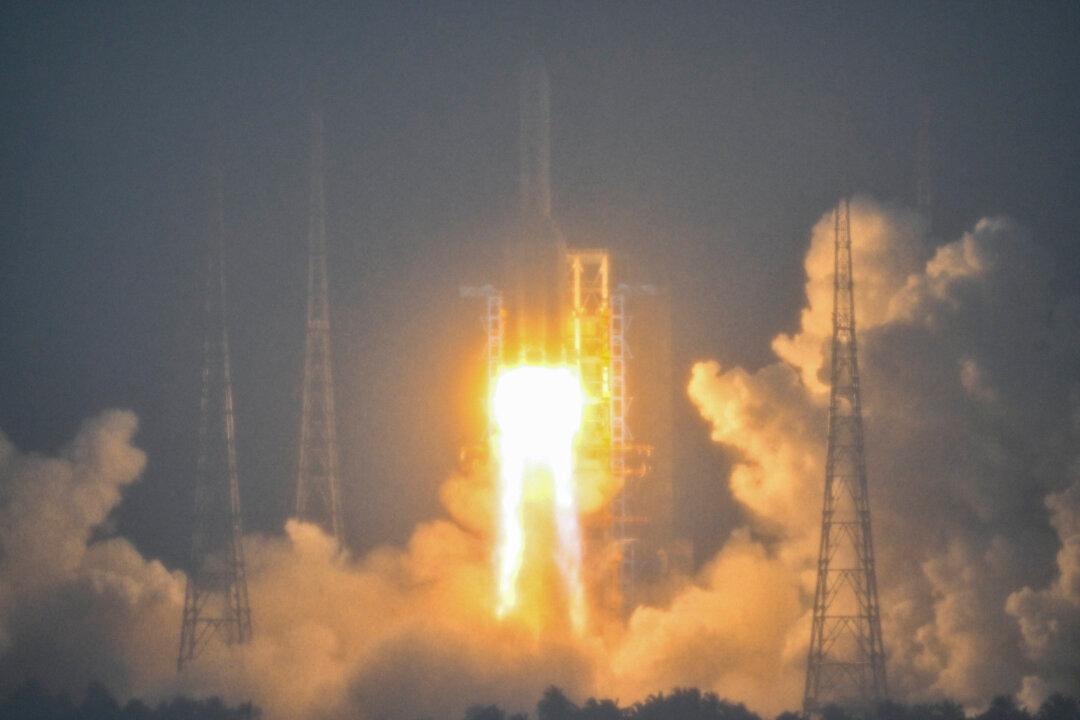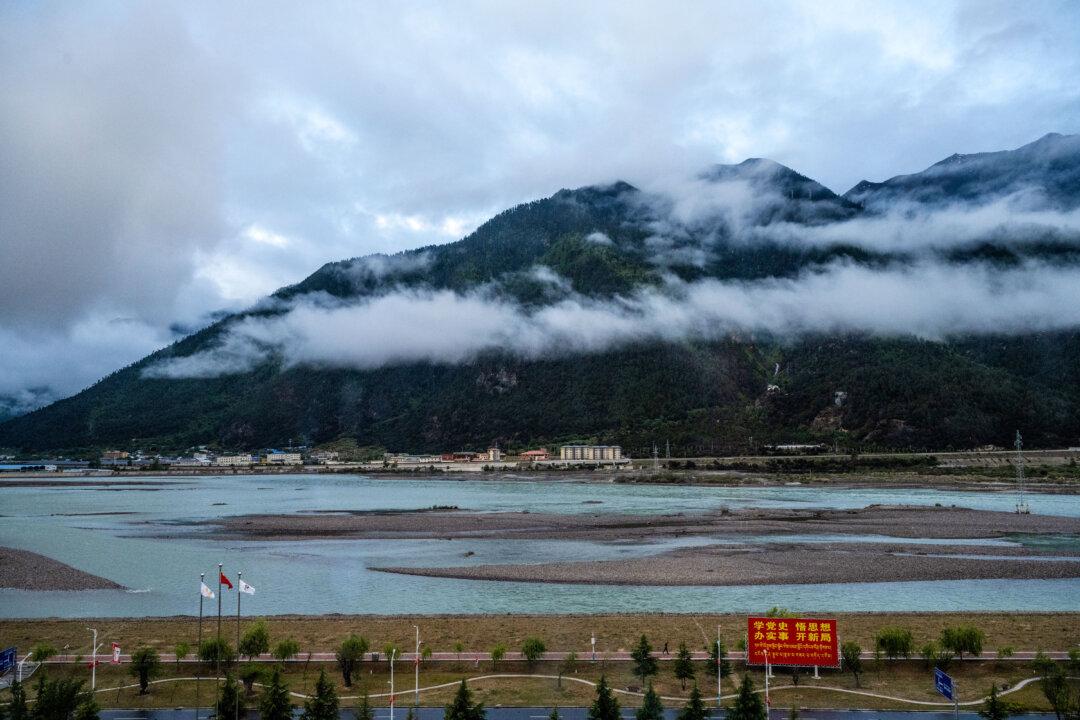China has achieved a strategic breakout in space, now deploying a vast network of satellites capable of targeting U.S. forces, should a conflict break out between the two nations in the western Pacific, according to the U.S. Space Force’s intelligence chief.
“I tried to think about historical analogies, about rapid buildups. I haven’t seen a rapid build-up like this. ... I was thinking about World War II ... but even as I was looking more broadly, an adversary arming this fast is profoundly concerning.”
Maj. Gen. Gagnon said that the Chinese Communist Party (CCP) has increased its on-orbit capability by 550 percent since the end of 2015.
China’s military development in space has grown to become a great U.S. national security concern in recent years.
“For the last two years, they’ve placed over 200 satellites in space—both years,” Maj. Gen. Gagnon said. “Of that, over half of them are remote sensing satellites—remote sensing satellites that are purpose-built to surveil, do reconnaissance in the western Pacific and globally.”
By putting up so many remote sensing satellites, China was recognizing the importance of “proliferated architecture,” one that Maj. Gen. Gagnon said makes China’s space infrastructure more “resilient against attack” because of the sheer number of satellites.
“[It’s] an architecture that isn’t designed for efficiency and cost-effectiveness—an architecture that’s designed to go to war and sustain a war,” he added.
With China’s boosted military intelligence-gathering ability in space, the U.S. military no longer holds a monopoly on hitting “mobile targets at extremely long distances,” which to date has been ensured by its leading space capabilities.
Now, China has a similar ability given its fleet of satellites. “That monopoly is over,” the major general said.
“[T]he purpose of reconnaissance and surveillance from the ultimate high ground is, of course, to inform decisions about fire control for militaries,” he said. “It’s to provide indications and warnings of [U.S.] sailors, Marines, airmen, trying to move west, if directed, to defend freedom.”
“They recently put a radar imager in GEO in August [2023]. It’s designed to look at the Western Pacific, even though they say it’s about agriculture. The Western Pacific that it’s looking at is over the ocean. We kind of know what the purpose is,” he said.
Compared with 2019, the year the Space Force was established, the service is now monitoring far more satellites in orbit, according to Maj. Gen. Gagnon.
“Today, we are now orchestrating the collection of about 1,000 priority targets in space ... 1,000 out of 9,500 satellites in space, those are the priorities,” he said.
Consequently, the Space Force is now putting out about 11,000 “maneuver alerts” each month, compared with about six to seven alerts during the early days after the service was established, according to Maj. Gen. Gagnon. The alerts have been generated by U.S. Space Force Guardians and individuals from 11 other countries, he added.
“We’ve created the opportunity here for other people in other countries to help. And we’re training about six people a month to learn how to do this first-level analysis. We have 100 people trained now, we’ll have 175 in 12 months. They exist on three continents, and because they exist on three continents, we’re gaining 24/7 coverage.”






